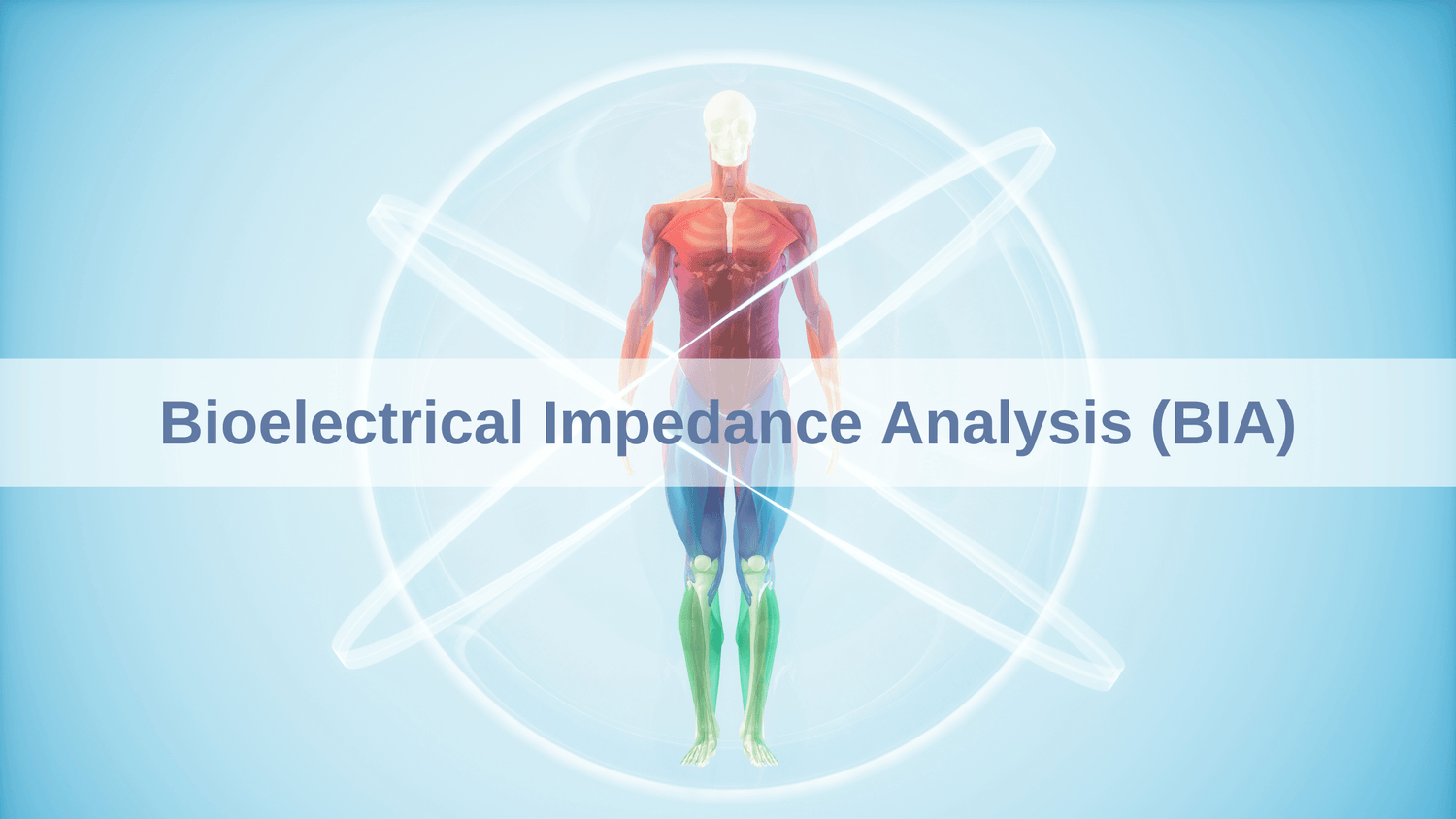In today's increasingly health-conscious world, almost everyone has a body fat scale at home. And bioimpedance analysis is the measurement technology used by most body fat scales today.
But how much do you know about bioimpedance technology? In this article, we will learn the concept of bioimpedance analysis and how it measures body composition, analyse its accuracy and credibility, and help you gain insight into understanding and using body fat scales.

BIA Definition
BIA determines body composition by measuring the rate at which a painless, low-level electric current passes through the body.
Firstly, it assumes that the body consists of a series of cylinders of uniform shape, length and cross-sectional area with constant electrical conductivity. Since different body tissues (e.g. muscle, fat, bone, etc.) have different water contents, they have different electrical conductivities and small currents pass through them at different rates. Based on this information, the instrument is able to calculate the impedance of the current and thus estimate body composition - this is where the name "bioelectrical impedance" comes from.
For example, fat has a higher impedance than muscle or water, so if you have a higher impedance then the calculated body fat percentage may be higher.
Types of BIA Devices
There are different types of BIA devices that have been used to assess body composition in humans, such as Hand-held BIA, Leg-to-Leg BIA and Hand-to-Foot BIA.
In order for an electric current to flow through your body, your body must have two or more contact points. It is therefore understandable that the contact points of a Hand-held BIA are your hands, and your body composition is calculated by measuring the resistance of the current through your upper body. The same is true for the other two methods.
Of these three methods, the hand-foot BIA is the most accurate one, measuring your limbs and torso separately, as body fat scales with this BIA technology are the most expensive.
Leg-to-Leg BIA is the most common body fat scale technology on the market today. When you stand with your feet on the body fat scale, your feet act as contact points, allowing tiny electrical currents to flow through your lower body, creating a current loop. The data from your lower body is used as the basis to calculate your body composition after it has been calibrated with the following variables: weight, height, age, and gender.

Accuracy of BIA Devices
Some studies have shown that bioelectrical impedance analysis is a fairly accurate way to estimate body fat. That's why it has become the measurement technique used in most body fat scales.
Of course, the accuracy of the measurement does not depend entirely on the technique itself, but also on many other factors:
- Measuring position and scale position: Ensure that the individual contact point do not come into contact with each other. For example, if the scale uses Leg-to-Leg BIA, make sure that the legs do not come into contact with each other during the measurement. Ensure that the scale is placed on a hard floor (except for scales specifically indicated for use on carpets).
- Body hydration: If too much water is ingested or the body is dehydrated, it will affect the accuracy of the measurement.
- Food intake: Studies have shown that the BIA may be more accurate after an overnight fast.
- Intensity of training: High intensity training may affect the measurement results. So for some professional athletes, using a body fat scale with athlete mode can get more accurate results.
As you can see, the data measured by body fat scales is not 100% accurate due to many factors. But despite the imperfections, body fat scales can still help you track the trends of your body data over a period of time in a simple, convenient way. This is a very worthwhile investment for people who are on a weight loss programme or want to keep an eye on their health status, as most body fat scales are relatively inexpensive.

Conclusion
Many of the body fat scales on the market today are quite feature-rich and come with apps that can interact with your phone. Some body fat scales can even monitor your heart rate in addition to measuring body composition.
This new large screen body fat scale from the lepulse brand is one that has a good overall rating. Powered with cutting-edge bioimpedance analysis, it can deliver 15 compositions of your body. Plus a 4.68-inch extra large LCD screen to grant you a quick glance at your weight, body fat%, water%, BMI, heart rate, muscle mass, body type, and change trends of different measurements. Truly hassle-free solution. It can be charged via Type-C cable (package included) , you can charge it with AC adapter, power bank, or laptop. The battery can last up to 160 days after fully charged if you use it twice a day. Learn more about Lescale F4 Pro here.
Finally, remember that a smart scale cannot be 100% accurate, but you can use it to track changes over time. Continuously tracking your body composition can help you better understand the progress and results of your health programme and give timely feedback. Scale is just a tool, and weight is just a number. What really matters is the pursuit and attitude towards healthy living. Love life, Enjoy health!




